Goodbye 2016! A year of Virtual Reality and Projects
2016 is over!
I have heard many people say that it was a terrible year and that they want it to end quickly. There were many deaths of important people, science, cinema, music, literature and, in that sense, no doubt it was an awful year.
But not everything was so bad in 2016, at least for me. On the contrary, it was a year full of great challenges and opportunities, which led me to grow and learn a lot, both personally and professionally.
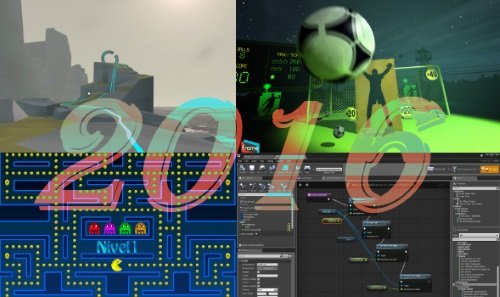
In particular, there are two videogame related topics in which I paid special attention in 2016, and this is precisely what I wanted to write about to close this cycle.
Virtual Reality in 2016
Undoubtedly, 2016 marked the arrival of Virtual Reality to the mass public. The technology already existed for several years, as I wrote some months ago in my two articles about it. However, this year the technology finally arrived to a greater number of consumers, and with a small but growing offer of products and devices.
Although at the beginning of the year I had an Oculus DK2 for some moths that let me experiment a bit with the technology, I had to wait until September to finally buy my first virtual reality device: a Samsung Gear VR. Very eager to try it, I quickly downloaded the software and several demos. Unfortunately, I was very disappointed.
Maybe my expectations were too high, as I inevitably compared it to the Oculus DK2. But the lower image quality and, above all, the much lower quality of the experience, quickly disenchanted me. There were only a couple of games, like Lands End, that I felt worked well on the platform.
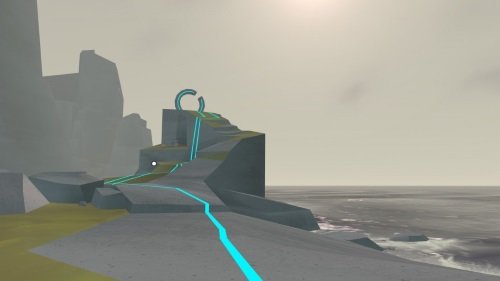
I did not lose faith in technology, of course. A few weeks ago, thanks to a relative who traveled to the United States, I was able to buy the newly released PlayStation VR. As with the Gear VR, I quickly installed it and downloaded some demos to be able to test it. With great satisfaction I can say that this device is up to the challenge.
I’ve spent several hours playing mainly three games: The Playroom VR, Eagle Flight and Headmaster, and in all of them I really like the quality of the experience and how well the immersion works. I’ve been amazed at how entertaining it can be to fly like an eagle in an uninhabited Paris, save some frightened little robots or pass the tests by hitting a ball with your head in a kind of camp for low performers.
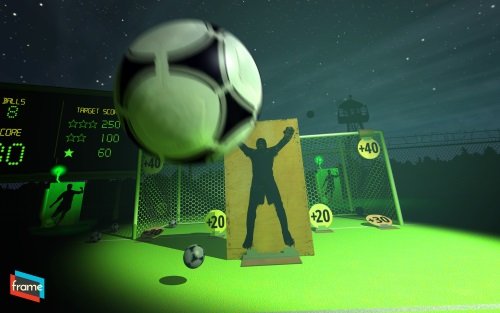
PlayStation VR is not perfect at all, and there is much to improve on the platform. But considering that it is the first generation that reaches the mass audience of this technology, I feel that the future looks very promising. Of course, as a videogame developer, I have many opportunities to explore and much to learn about it.
Projects and Goals for 2017
When 2016 began, I decided to resume some personal projects that I had paused for a long time.
The first one was JPacman, a clone of the classic Pac-Man that I had programmed almost twenty years ago. I started with a lot of enthusiasm, but it was difficult for me to keep the work pace and finally I worked on it only for a few months, while the rest of the year I wrote some articles about the progress I made.
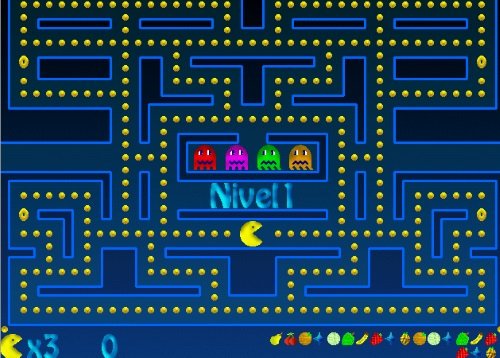
Fortunately, a week ago I received a new injection of motivation to work on the project. Between January 9 and 14, 2017 will be held here in Santiago the fifth version of the Congress of the Future, an event with talks about technology and its future projections.
On this occasion, Toru Iwatani, the creator of Pac-Man, will be present at the event. On Saturday 14, he will present a talk about the influence of video games in society. Is there a better motivation to resume JPacman than to have the creator of the original Pac-Man in Chile?

There were other small projects that I did in 2016 and that I never had time to write about. In particular, I had the opportunity to know and learn to work with two videogame engines with which I had no previous experience: Construct 2 and Unreal Engine 4.
I discovered that Construct 2 is an excellent tool for making 2D games. It is ideal for those who have little programming knowledge and want to be able to move fast, but I also realized that, as the project grows in size, it becomes increasingly difficult to keep the content and code in order.
Unreal Engine 4, on the other hand, is a very powerful and well-engineered engine for large-scale projects. I was amazed at the ease of use and powerful functionality of its Blueprints system, which allows you to write code in a visual and intuitive way, but I was stunned by some usability issues that hampered my progress on numerous occasions.
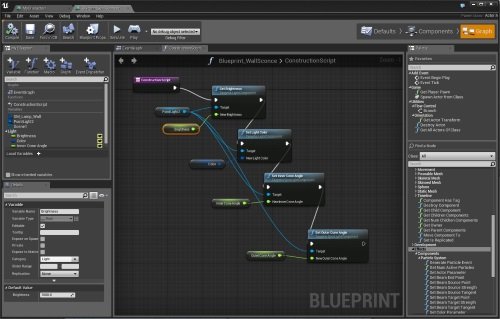
Although they were short experiences, I was very happy to have been able to know both tools, since it allowed me to expand my professional horizons and be better prepared for possible future interesting projects.
Let’s start 2017, I’m looking forward to it! Happy New Year to everyone!
Juan Pablo makes videogames since he was 8 and he is a father since 2004. Today, he has three children and he has worked in more than 20 videogames. He got interested on how paternity and the videogame industry are related and he decided to write about it, founding "Papa Game Dev".
Leave a Comment
Your email address will not be published. Required fields are marked *

